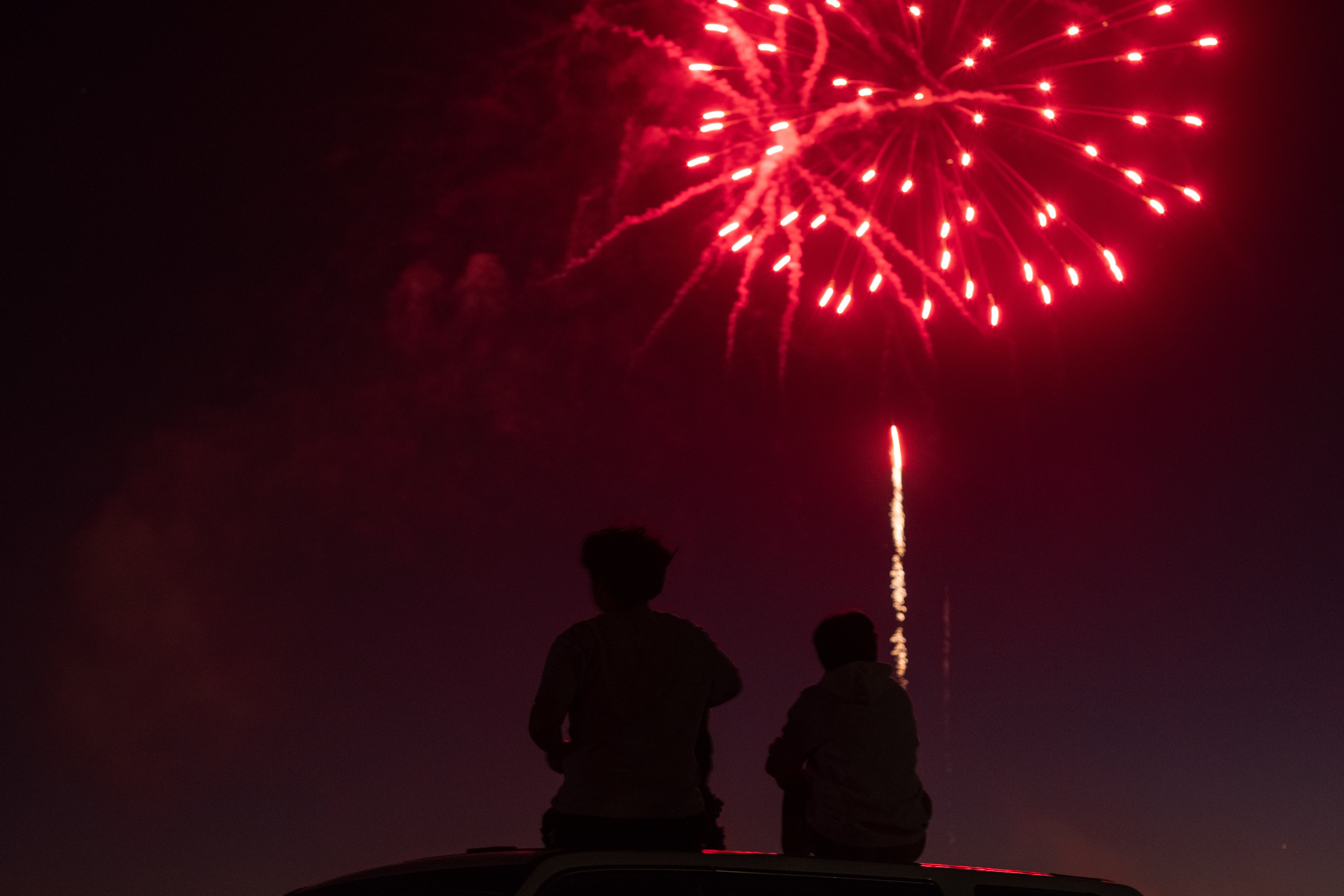BLM’s fire budget includes COVID-19 measures
Published 3:00 pm Monday, July 20, 2020

- Myslivy
BOISE, Idaho — The U.S. Bureau of Land Management’s wildfire-suppression budget for fiscal 2020 includes spending on COVID-19 safety measures.
“It reflects where we are with the COVID-19 pandemic, addressing the possible exposure of firefighters and keeping them healthy and safe,” said Jennifer Myslivy, BLM spokeswoman at the National Interagency Fire Center in Boise. “It has changed our operational response, even though we continue to execute even more aggressively on wildfire management and protecting communities.”
BLM said the appropriation added back the $10.6 million that was cut from BLM’s fire-preparedness program in 2019, providing the U.S. Department of the Interior with $333 million for the current fiscal year. Interior’s fuels reduction program saw a $5 million increase to $194 million, and its burned-area recovery and fire facilities programs remain at $20.4 million and $18.4 million, respectively.
BLM this year distributed $1 million to local cooperators like rural fire departments and rangeland fire-protection associations.
Myslivy said BLM’s spending has been revised to align with COVID-19 safety guidance from the Centers for Disease Control and Prevention.
She said BLM uses this funding for expanded facilities — including temporary quarters for initial-attack readiness, and crew housing — rental of equipment, such as temporary offices and trailers, and other rentals and facility modifications to enhance social distancing and firefighter readiness.
BLM also has used funds to cover overtime for increased capacity, cleaning supplies and personal-protective equipment.
Incident-management teams and interagency firefighting resources traditionally use schools, rodeo grounds, modular buildings, trailers, campgrounds and other open facilities that hold large groups to host fire camps.
“Now, we have enhanced them to meet the CDC guidelines to create a safer environment with less exposure, utilizing the module-as-one family unit concept,” Myslivy said. Camps now have more modular buildings and crew vehicles, enhanced sanitation and changes to work and training schedules in addition to virtual opportunities, to reduce group sizes.
“Many of these are expansions of what has been done in the past,” Myslivy said.
Many facilities are closed to the public, or have limited access, to reduce the risk of exposure to fire personnel.
BLM and other agencies have created small, family-like groups called module-as-one that are designed to limit exposure.
Myslivy said the “spike camp,” which provides a small group with easier access to a fire than the larger main camp, likely will be used even more by agencies to limit exposure.
“By doing this, we hope to reduce exposure to ensure the safety and wellness of our firefighters,” she said.
COVID-19 “has us thinking about lessening firefighter exposure and community exposure,” Myslivy said. A fire year that was average in many locations as of mid-July provided some setup advantages.
Earlier, land-management agencies cooperatively developed wildfire-response plans reflecting COVID-19 safety protocols.









